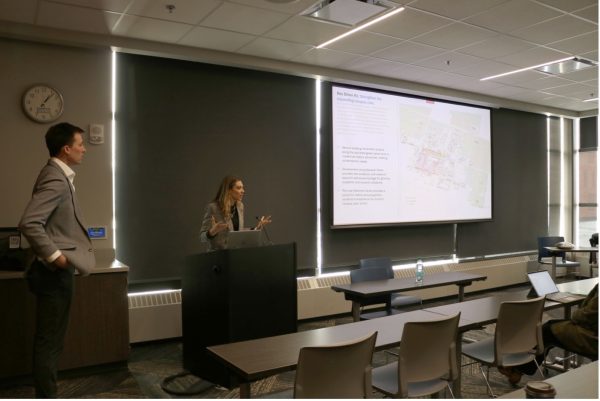Film Series Delivers the Goods
October 28, 2003
Jen Creed
In a society which creates injustices against its own people and its “mixed” race, Rabbit-Proof Fence paints a picture of Australia’s “stolen generation.”
In the 1930’s the Australian government feared the increasing population of its third race, the “half-caste.” This Social Darwinsim view created new laws, giving authorities legal power to abduct “half-caste” children from their families and relocate them thousands of miles away.
The Moore River Settlement was common ground for many of these children; here they were taught how to breed out their “black blood” and prepare for life in a white society. Government officials believed these laws would safeguard the Aboriginals and “protect the ‘half-caste’ from themselves.'”
These edicts were racist to the core, yet the Australian lawmakers believed the “half-caste” children would live a better life having been re-birthed in white culture.
In Rabbit-Proof Fence, three girls do not fall for the “favors” the government provides. Held captive by the authorities when stolen from their families, these young women are determined to return to their homeland, Jigalong.
Molly, the eldest and brightest of the three, guides her sister, Daisy, and cousin, Graicy, out of the Moore River Settlement on a rainy day. Molly knew the rain would wash away their tracks decreasing their chance of capture.
Australia’s rabbit proof fence is the longest fence in the world, stretching 1,500 miles. Its purpose is to aid farmer’s land from crop-eating rabbits. However, the fence’s hidden meaning doesn’t appear until Molly, Daisy and Graicy escaped. The rabbit proof fence is the key that will navigate them home.
Rabbit-Proof Fence It provides a brutal look at the tribulations the “half-caste.”
The film is part of the Films by and about Women series presented by the South Dakota Art Museum. Invocation: Maya Denen is the next film. It runs on Nov. 6 at 7:30p.m. Admission is $2 for SDSU students and $3 for non-students. Popcorn is free.




















